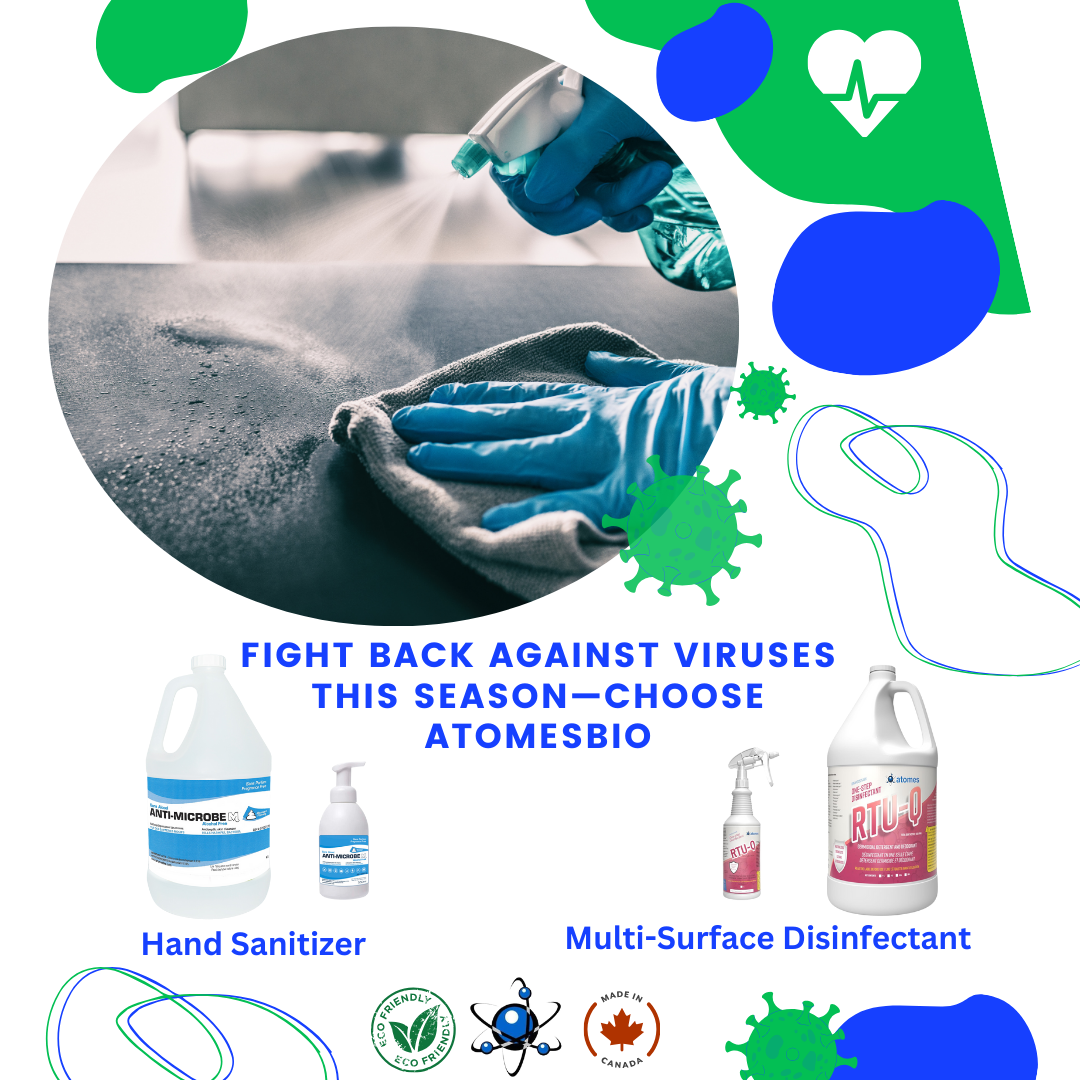
The Importance of Hand Sanitizer and Surface Sanitizing: A Key to Health and Safety
Share
The Importance of Hand Sanitizer and Surface Sanitizing: A Key to Health and Safety
In a world where germs are ubiquitous, maintaining cleanliness is more critical than ever. Hand sanitizer and surface sanitizing have become essential tools in our daily lives, especially in the wake of global health challenges. Let’s delve into why these practices are vital for our health and safety.
Understanding Germs and Their Impact
Germs are microscopic organisms, including bacteria, viruses, and fungi, that can cause infections and illnesses. They are found everywhere—from our skin to the surfaces we touch daily. While many germs are harmless, some can lead to serious health issues. This is why being proactive about hygiene is crucial.
The Role of Hand Sanitizer
Convenience and Accessibility
Hand sanitizer offers a quick and convenient way to clean your hands, especially when soap and water aren’t readily available. Its portability makes it easy to carry in bags or keep at workstations, encouraging frequent use.
Effective Germ Elimination
Most hand sanitizers contain at least 60% alcohol, which is effective in killing many types of germs. When used correctly, hand sanitizer can reduce the number of pathogens on your hands, lowering the risk of illness.
Behavioral Shift
The regular use of hand sanitizer has contributed to a broader awareness of hygiene practices. It encourages individuals to be more mindful of their hand hygiene, especially in crowded or public spaces.
The Importance of Surface Sanitizing
High-Touch Surfaces
Surfaces like doorknobs, light switches, keyboards, and mobile devices are breeding grounds for germs. Regularly sanitizing these high-touch areas is crucial in preventing the spread of infections.
Creating a Safe Environment
Whether at home, work, or public spaces, surface sanitizing helps create a cleaner environment. This is particularly important in settings like schools and hospitals, where vulnerable populations may be present.
Complementing Hand Hygiene
While hand sanitizer kills germs on our hands, surface sanitizing tackles the germs that linger on surfaces. Together, these practices form a comprehensive approach to reducing the risk of illness.
Best Practices for Hand Sanitizer and Surface Sanitizing
Using Hand Sanitizer Effectively
- Apply the Right Amount: Use enough product to cover all surfaces of your hands.
- Rub Thoroughly: Rub your hands together until they are dry, which should take around 20 seconds.
- Use When Needed: Sanitize after being in public places, before eating, and after coughing or sneezing.
Effective Surface Sanitizing
- Choose the Right Products: Use disinfectants that are effective against the specific germs you want to target.
- Follow Instructions: Pay attention to the recommended contact time for the disinfectant to ensure effectiveness.
- Regular Cleaning: Establish a routine for sanitizing frequently touched surfaces to maintain a clean environment.
Conclusion
Hand sanitizer and surface sanitizing are more than just trends; they are essential practices that play a significant role in protecting our health. By incorporating these habits into our daily lives, we can reduce the spread of germs and create safer environments for ourselves and those around us. As we move forward, let’s commit to prioritizing hygiene, ensuring a healthier future for all.
